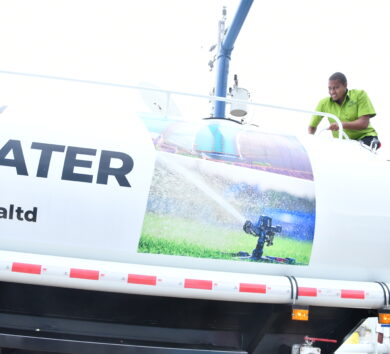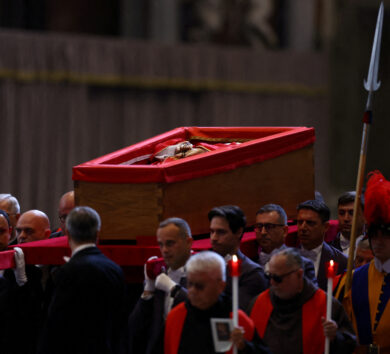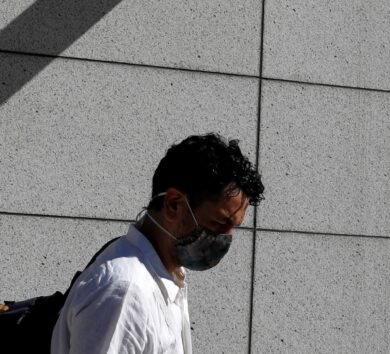

With Jamaica’s susceptibility to earthquakes, persons within the construction industry are being urged to ensure that proper engineering analysis is done ahead of any development.
President of the Incorporated Master Builders Association of Jamaica (IMAJ), Lenworth Kelly, said that disaster mitigation is of utmost importance when it comes to construction.
“When it comes to matters of project development, there has to be the proper engineering analysis done. We want to determine what the environmental conditions are within which we will build and how those conditions affect what we build,” he said.
That is extremely critical in the sense of an earthquake; where are you placing your building and your infrastructure, what does it sit on… the particular soil type, is it clay, is there the occurrence of liquefaction.
Lenworth Kelly, Incorporated Master Builders Association of Jamaica
He noted that there are tools which are used to guide an engineer to do geotechnical explorations to determine what is underground.
“That is extremely critical in the sense of an earthquake; where are you placing your building and your infrastructure, what does it sit on… the particular soil type, is it clay, is there the occurrence of liquefaction,” said Kelly, adding that it is important to have all this information from the beginning, as “if we don’t get that right, we can be in trouble later on”.
He further pointed out that once the analysis is done, the next step is to do the design, which is guided by building codes.

“We have our own Jamaica Building Code updated and it’s based on the International Building Code (IBC),” Kelly informed, noting that countries around the world use the standard IBC format and then develop what is called local application documents, based on the country.
He indicated that Jamaica’s building code would have considered a range of issues based on how prone the country is to disasters.
“We deal with wind, earthquakes and storm surges. So we, indeed, are in an area where it is really critical for us to focus on how we analyse, design and then how we build, because that is your mitigation. In an earthquake, you have no prior warning,” said Kelly.

He emphasised that after the design is completed, approval must be sought from the relevant State agencies before construction begins. These include the National Environment and Planning Agency (NEPA), Jamaica Fire Brigade (JFB) and the various Municipal Corporations.
“With all ‘hands on deck’, that is how we get infrastructure and building structures that can mitigate the effects of earthquakes,” Kelly stressed.
He also pointed out that it is important for persons to understand that construction is done by a team, and as such, each member plays an integral role.
Remember, the main purpose of your buildings during a seismic event is to preserve life – to get out of the building alive.
Lenworth Kelly, president of the Incorporated Master Builders Association of Jamaica
“If it [building] is not designed properly and the contractor builds it, it is still going to collapse. So, everything has to be in place,” Kelly pointed out, adding that if the building is well designed and the contractor does not build according to the design, “then you’re not building what should be built”.
“Remember, the main purpose of your buildings during a seismic event is to preserve life – to get out of the building alive,” said Kelly.
The IMAJ is the voice of the construction industry. It is an organisation of qualified construction contractors and industry-related companies dedicated to skill, integrity and responsibility.
RELATED Jamaicans urged to be prepared for earthquakes
RLEATED JFB prepared to respond to major earthquake
Send feedback to [email protected]







Comments